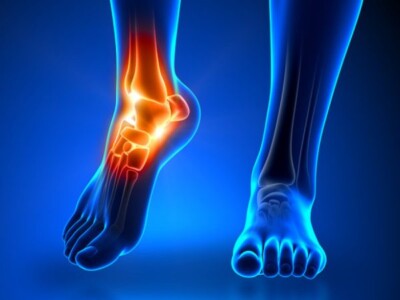Plantar Fasciitis
Plantar fasciitis is an overuse condition of the plantar fascia, a band of tissue on the underside of the foot running from the heel along the arch of the foot to the forefoot. The plantar fascia has an important role in making the foot rigid and stable when we push off during walking and running and as such its function relates closely to that of the calf and Achilles region.
Symptoms are characterised by a sharp often burning type of pain localised in the inner heel area of the foot or feet – this pain is worse when first standing in the morning then subsiding during the day but returning with prolonged standing or exercise.
Underlying Causes
The underlying causes of plantar fasciitis are predominantly related to the mechanics of the foot. ‘Flat feet’ are often affected with plantar fasciitis as there is an increased amount of strain on the plantar fascia during the propulsive phase of walking, but it is also seen in more rigid foot types, i.e. those with high arched feet where a lack of shock absorption at heel strike can increase strain to the heel area.
Plantar fasciitis is also commonly associated with tightness of the calf and Achilles region as the plantar fascia is continuous with structures in these regions and functionally they work together during walking.
Treatment
Plantar fasciitis can be a debilitating condition that requires a number of approaches for successful treatment.
Symptoms driven by alterations in foot function such as over-pronation can be managed with orthotic devices. Video gait analysis with a podiatrist can determine if this is needed and indeed whether a change of shoes is appropriate. Those with a rigid foot type and therefore poor shock absorption at heel strike require a shoe that provides cushioning rather than a ‘motion control’ shoe.
Physical therapy is often appropriate and involves calf stretching exercises, soft tissue massage to tight calf muscles, and various exercises to resolve any other movement dysfunctions that might be present.
In the more chronic or persistent cases injection therapy is often effective.
Book a Podiatry Appointment
Other Conditions We Treat
What our clients say









